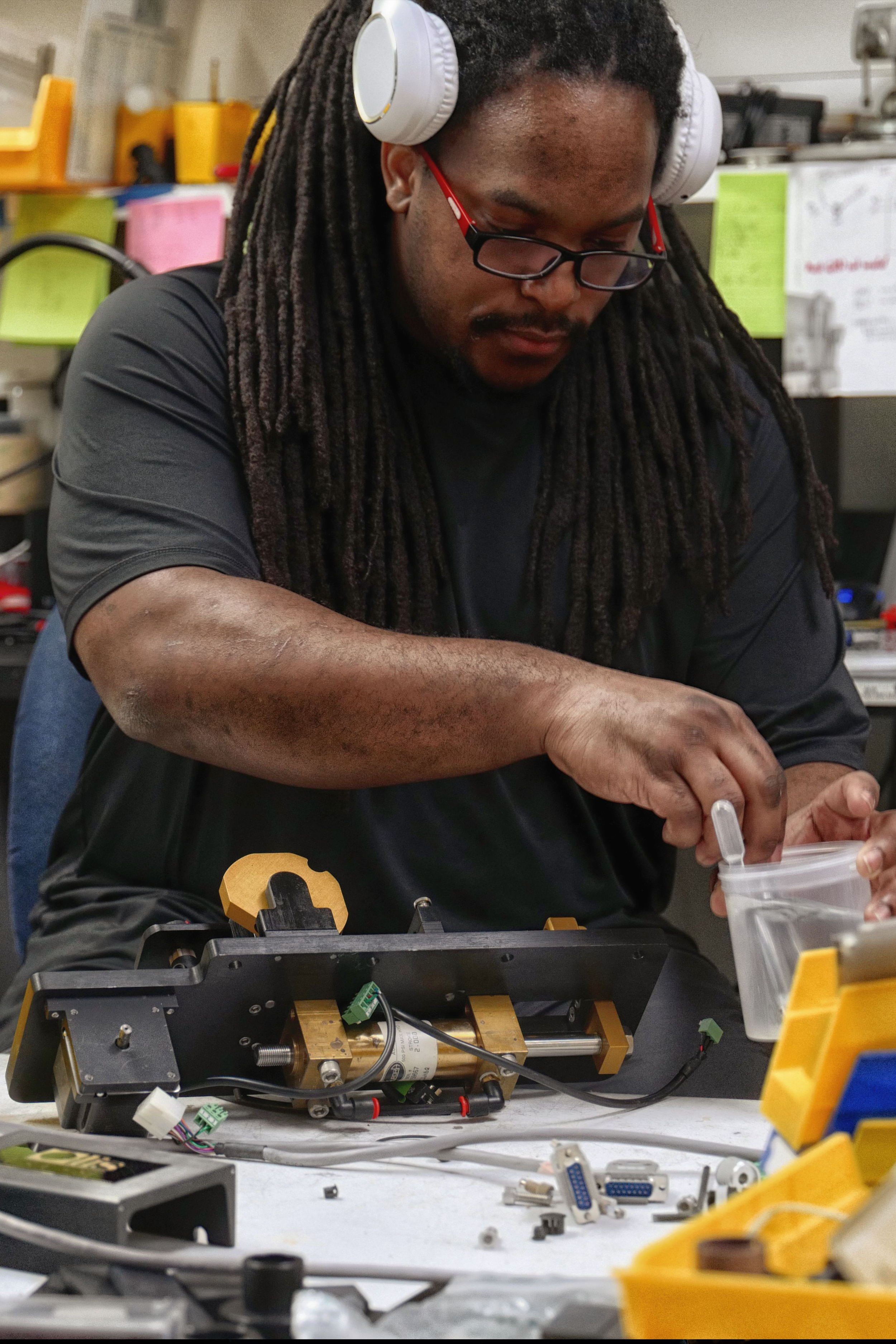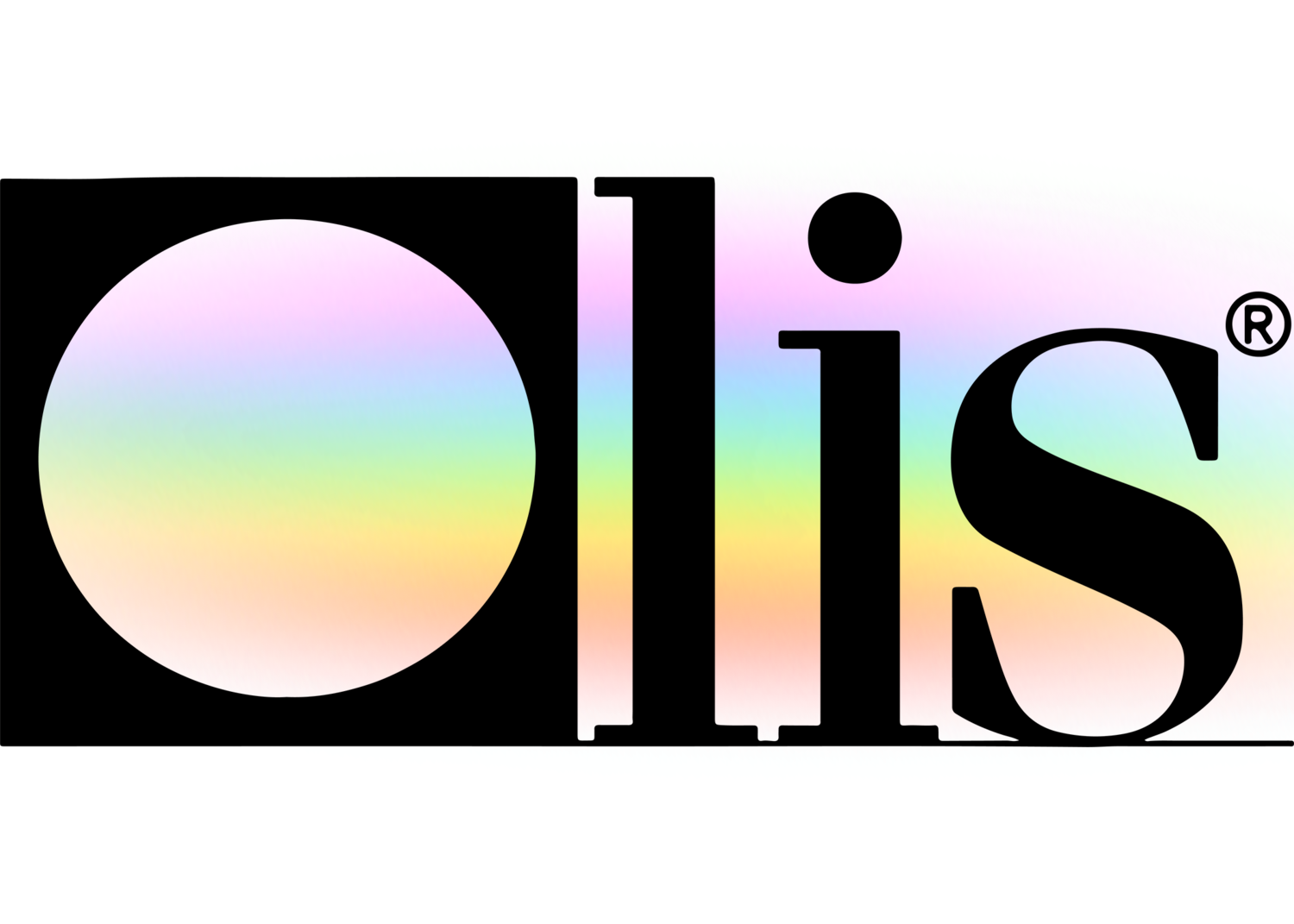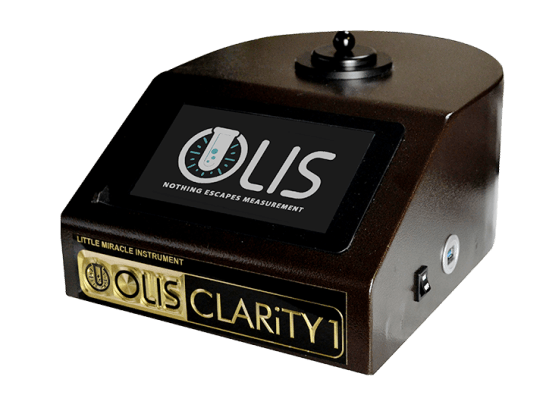The Ultimate Guide To Circular Dichroism
The Ultimate Guide To Circular Dichroism
Blog Article
An Unbiased View of Uv/vis/nir
Table of ContentsGetting My Spectrophotometers To WorkHow Spectrophotometers can Save You Time, Stress, and Money.Facts About Circular Dichroism RevealedSpectrophotometers for BeginnersGetting My Spectrophotometers To WorkUv/vis Fundamentals ExplainedSome Known Facts About Spectrophotometers.The 8-Minute Rule for Circular DichroismMore About Uv/visExcitement About SpectrophotometersCircular Dichroism Can Be Fun For Anyone6 Easy Facts About Uv/vis/nir ShownUv/vis Fundamentals Explained
It is then scanned through the sample and the recommendation solutions. Portions of the incident wavelengths are sent through, or reflected from, the sample and the referral. Electronic circuits convert the relative currents into direct transmission percentages and/or absorbance/concentration worths.The transmission of a recommendation compound is set as a baseline (information) value, so the transmission of all other compounds are recorded relative to the preliminary "zeroed" substance. The spectrophotometer then converts the transmission ratio into 'absorbency', the concentration of specific parts of the test sample relative to the initial substance.
Considering that samples in these applications are not readily offered in large quantities, they are specifically fit to being analyzed in this non-destructive method. In addition, valuable sample can be saved by making use of a micro-volume platform where as little as 1u, L of sample is required for complete analyses. A quick description of the procedure of spectrophotometry includes comparing the absorbency of a blank sample that does not include a colored compound to a sample that consists of a colored substance.
Not known Facts About Spectrophotometers
In biochemical experiments, a chemical and/or physical home is selected and the procedure that is used specifies to that property in order to obtain more info about the sample, such as the quantity, pureness, enzyme activity, and so on. Spectrophotometry can be utilized for a number of methods such as figuring out optimal wavelength absorbance of samples, determining optimal p, H for absorbance of samples, figuring out concentrations of unidentified samples, and figuring out the p, Ka of various samples.: 21119 Spectrophotometry is also a helpful process for protein purification and can likewise be used as a technique to produce optical assays of a compound.
It is possible to understand the concentrations of a two part mixture utilizing the absorption spectra of the standard services of each element. To do this, it is essential to know the termination coefficient of this mixture at 2 wave lengths and the extinction coefficients of services that include the known weights of the 2 parts.

Examine This Report about Uv/vis
A lot of spectrophotometers are used in the UV and noticeable regions of the spectrum, and a few of these instruments also run into the near-infrared region too. The concentration of a protein can be estimated by determining the OD at 280 nm due to the presence of tryptophan, tyrosine and phenylalanine (https://urlscan.io/result/3823bc3a-74b6-4d0f-8f09-522e983b4d26/).
This method needs a spectrophotometer capable of determining in the UV region with quartz cuvettes.: 135 Ultraviolet-visible (UV-vis) spectroscopy involves energy levels that thrill electronic transitions. Absorption of UV-vis light delights molecules that are in ground-states to their excited-states.
20. 8 O.D. Ink manufacturers, printing companies, fabrics suppliers, and a lot more, require the data offered through colorimetry. They take readings in the region of every 520 nanometers along the noticeable region, and produce a spectral reflectance curve or a data stream for alternative discussions. These curves can be used to test a new batch of colorant to examine if it makes a match to requirements, e.
The Main Principles Of Uv/vis
Traditional visible region spectrophotometers can not identify if a colorant or the base material has fluorescence. This can make it challenging to manage color issues if for instance several of the printing inks is fluorescent. Where a colorant consists of fluorescence, a bi-spectral fluorescent spectrophotometer is used (https://www.blogtalkradio.com/olisclarity1). There are two significant setups for visual spectrum spectrophotometers, d/8 (spherical) and 0/45.
Scientists utilize this instrument to determine the amount of substances in a sample. If the compound is more focused more light will be absorbed by the sample; within little varieties, the Beer, Lambert law holds and the absorbance between samples vary with concentration linearly. When it comes to printing measurements two alternative settings are typically used- without/with uv filter to control much better the result of uv brighteners within the paper stock.
Indicators on Uv/vis You Need To Know
Some applications need small volume measurements which can be performed with micro-volume platforms. As explained in the applications area, spectrophotometry can be used in both qualitative and quantitative analysis of DNA, RNA, and proteins. Qualitative analysis can be utilized and spectrophotometers are utilized to tape-record spectra of compounds by scanning broad wavelength areas to figure out the absorbance properties (the strength of the color) of the substance at each wavelength.

The 8-Second Trick For Circular Dichroism
One major factor is the type of photosensors that are offered for different spectral areas, however infrared measurement is likewise tough because essentially whatever emits IR as thermal radiation, especially at wavelengths beyond about 5 m. Another problem is that several materials such as glass and plastic absorb infrared, making it incompatible as an optical medium.
Samples for IR spectrophotometry may be smeared in between two discs of potassium bromide or ground with potassium bromide and pushed into a pellet. Where liquid services are official source to be measured, insoluble silver chloride is used to construct the cell. Spectroradiometers, which operate almost like the visible area spectrophotometers, are created to measure the spectral density of illuminants. Retrieved Dec 23, 2018. Basic Lab Methods for Biochemistry and Biotechnology (Second ed.). The vital guide to analytical chemistry.
Oke, J. B.; Gunn, J. E.
More About Spectrophotometers

1021/ac50048a728. ISSN0003-2700. Ninfa AJ, Ballou DP, Benore M (2015 ). Essential Laboratory Approaches for Biochemistry and Biotechnology (3, rev. ed.). Hoboken, NJ: Wiley & Sons. p. 77. ISBN9780470924525. OCLC915641828. "Fully Automatic Double Beam - Atomic Absorption Spectrophotometer (AA 8000)". Lab Devices. Labindia Analytical Instruments Pvt. Ltd. "Spectrophotometry Applications and Basics".
The smart Trick of Uv/vis That Nobody is Talking About
"Applied Spectrophotometry: Analysis of a Biochemical Mixture". Biochemistry and Molecular Biology Education. Journal of Biochemistry Education.
Uv/vis/nir Fundamentals Explained
U.S. Department of Commerce National Bureau of Standards unique publication; 378. Washington, D.C.: U.S. National Bureau of Standards.
The procedure begins with a regulated source of light that lights up the evaluated sample. In the case of reflection, as this light connects with the sample, some is absorbed or emitted. The produced light travels to the detector, which is analyzed, measured, and provided as industry-standard color scales and indices.
Industry governing bodies generally define specific metrics for particular products, such as Tomato and Coffee indices. The simplified mathematics appears like this: Where R is the reflection coefficient. All terms are assessed over the visible spectrum from 400 to 700 nm. When it comes to transmission, when the light connects with the sample, it is either taken in, reflected, or transmitted.
The Uv/vis Ideas
Examples include APHA (American Public Health Association) for watercolor and purity analysis, ASTM D1500 for petrochemical color analysis, edible oil indices used in food, and color analyses of beverages. The streamlined math looks like this:. Where T is the transmission coefficient. All terms are evaluated over the visible spectrum from 400 to 700 nm.
Image Credit: Matej Kastelic/ Dr. Arnold J. Beckman and his coworkers at the National Technologies Laboratories first invented the spectrophotometer in 1940. In 1935 Beckman established the company, and the discovery of the spectrophotometer was their most ground-breaking invention.
Little Known Facts About Uv/vis/nir.
Over time, researchers kept improving the spectrophotometer style to enhance its efficiency. The UV abilities of the model B spectrophotometer were enhanced by changing the glass prism with a quartz prism.
After 1984, double-beam versions of the gadget were developed. The addition of external software with the provision of onscreen display screens of the spectra can be found in the 1990s. Usually, a spectrophotometer is made up of 2 instruments, specifically, a spectrometer and a photometer. A standard spectrophotometer includes a source of light, a monochromator, a collimator for straight light beam transmission, a cuvette to position a sample, and a photoelectric detector.
Top Guidelines Of Spectrophotometers
There are various kinds of spectrophotometers in various shapes and sizes, each with its own function or functionality. A spectrophotometer identifies just how much light is reflected by chemical elements. spectrophotometers. It measures the distinction in light strength based on the total amount of light introduced to a sample and the amount of beam that travels through the sample solution
A spectrophotometer is utilized to figure out the concentration of both colorless and colored solutes in a solution. This instrument is used to determine the rate of a reaction.
Report this page